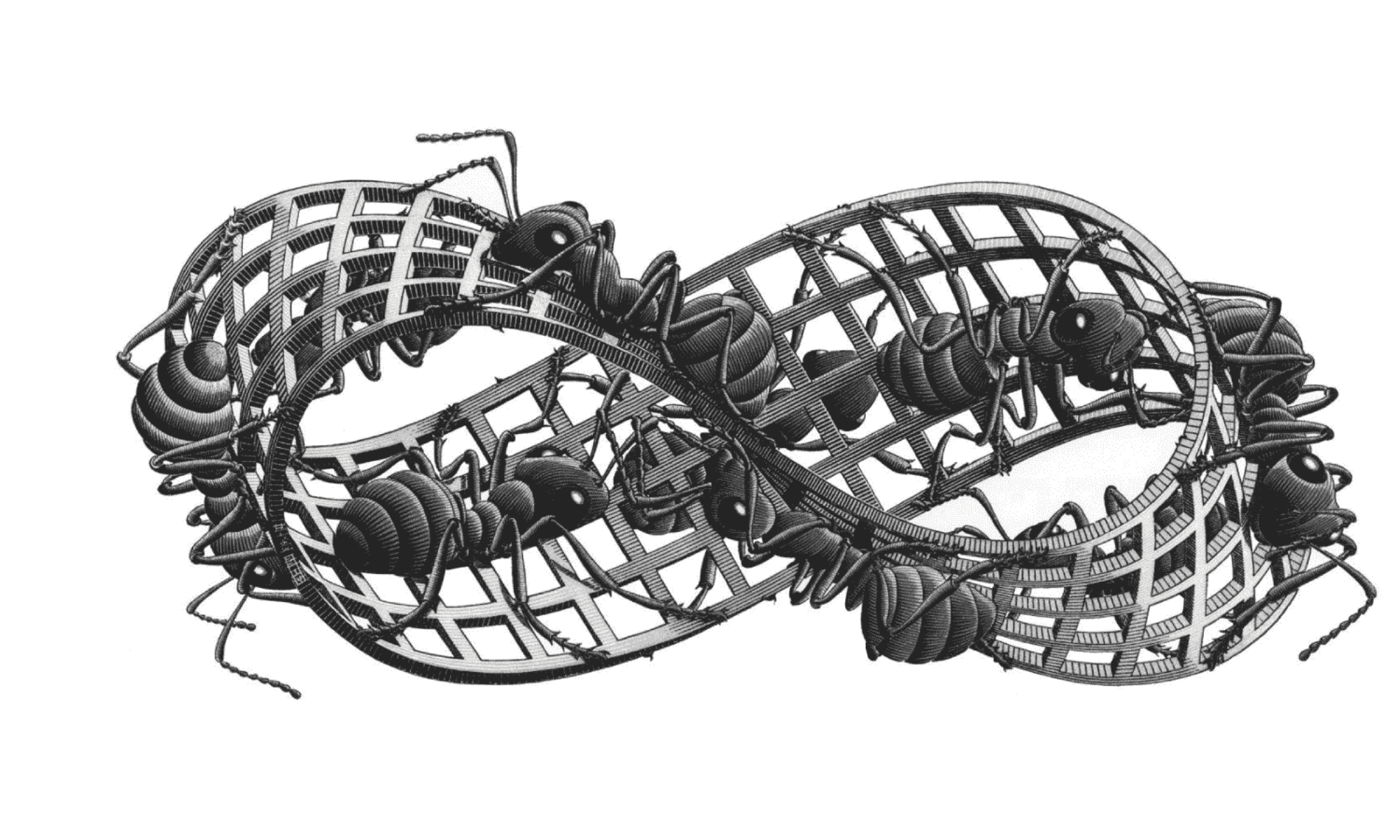Social innovations as non-anthropocentric design
De-centering, engendering, reframing and caring :
four steps towards a more-than-human approach.
Summary
The lecture proposes to see social innovations as concrete examples of a non-anthropocentric design approach and the previews of a more-than-human future.
- Looking carefully into the complexity of contemporary reality we can see examples of practices, and behind them of cultural approaches, countering the dominant anthropocentric mindset. They can be based on traditional ideas and worldviews which have not yet been influenced by modernity, or they can represent moments of rupture within modernity, opposing it from within. Leaving others to talk about traditional non-modern cultures, the lecture refers to the ways of being and doing that emerge from within the crisis of modernity. We refer to them as social innovations, understood as transformative social changes towards sustainability.
- So far the discussion on social innovations has focused on the results that they have allowed, and will allow, to obtain : the opening of new practical possibilities (direct results) and the production of social values (indirect results). But it seems that they can also be considered from another point of view. That is, they can also give ideas on what it might mean to move away from the anthropocentric approach that, until now, in Western and Westernized societies, has dominated design initiatives, and get closer to embrace a more-than-human approach. That is, to fully recognize that everything we can do, every action we can engage with, is done from within an intrinsically complex system. In short : to recognize the irreducible complexity of the world in which we live and operate.
- Transformative social innovations are able to show us ways of being and doing – and therefore also of designing – capable to recognize complexity. This has several implications. Some of them might be considered indicators of the steps to undertake to move towards a more-than-human approach. They are :
- Decentering humans. Recognizing complexity means to acknowledge that we are not at the center of the system. This has to do with the fact that a complex system is a web of interdependencies which, by definition, has no center. It comes that to recognize complexity implies to adopt a non-anthropocentric approach.
- Engendering the results. Recognizing complexity means to acknowledge that we cannot really control the system of which we are part. The result is that we cannot « produce results », but only contribute to their co-generation. In other words, we can only do something to make them more possible and probable.
- Reframing the systems. To make a result possible and probable, it is necessary to refer to a system in which this can happen. This often involves redefining the system to refer to and operate on. In other words, to shift to new one, including agents that were previously not considered.
- Practicing care. To take steps towards sustainability, it is necessary to establish relationships of care. That is, our activities must work together to reweave the web of life of which we are a part.
- These steps have been performed at different levels in different cases of social innovation. Clearly, none of them are perfect examples of what a more-than-human approach could and should be. Nevertheless, they can be read and discussed as steps towards this direction : uncertain and often contradictory steps which, nevertheless, are significant application of this approach ; practical experiences with which to feed a reflection on what it means to design, recognizing that you are part of the web of life and making Latour’s down to earthitinerary more concrete.
- Finally, what the lecture proposes refers to a widespread design activity, implemented by a plurality of actors. Among them there are also those who, due to their skills and abilities, are design experts. That is, designers. For them it is a question of adopting the same approach, but with an additional task and responsibility : to introduce a special contribution of ideas and tools into the tangle of interdependencies in which they are immersed. A way of operating which, until now, we have referred to as « design for social innovation », but which perhaps, in the light of what has been said, could be better defined as « design in social innovation ».

